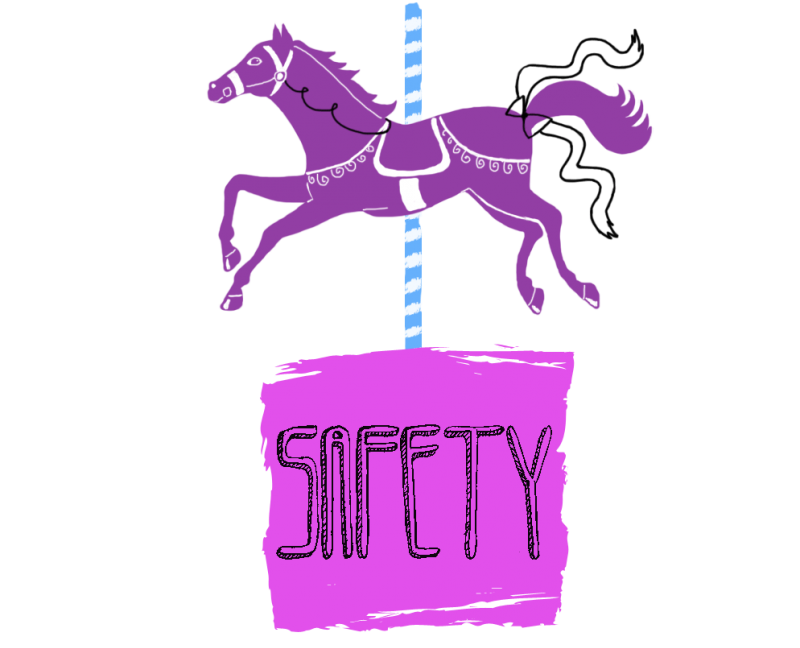 |
| Pretty sure Phillip Light's illustration is a accurate depiction my inner silks spirit guide |
I loath plank and yet this is one of my favorite exercises when I do not have a lot of time. It will help you quickly develop some arm and core strength so you can climb and hang from the different apparatuses like the beautiful aerial sloth princess you were meant to be.
I highly recommend doing planks with a mirror or someplace you can see your reflection. Personally I use my arcadia door because I don't have large mirrors in the living room. Seeing your position will ensure that you are holding your body flat and not giving into the temptation to slouch or pike. I have been doing these for a while now and I still have to remain vigilant about form.
Planks are really tough so do not get discouraged. When I first started I had to really force myself to complete the plank sets and simply refuse to give up even when my arms felt like noodles. Distraction is a great ally so try to think of a mantra that you can concentrate on while doing these. I would like to pretend that my mantras are all motivational and inspired but sometimes they were nothing but a string of swear words. As long as you make it through the exercise let your heart be your guide even if your heart is a salty sailor.
All the planks and variations are intended to be completed as a set and then reversed and done on the other side. If you reach a point where you can hold comfortably for 10 counts try increasing your duration to 20.
Basic Plank
- Position your hands about shoulder width apart directly under your chest.
- Spread your legs slightly and come up on the balls of your feet.
- Make your body as flat as possible and you should be making a triangle is everything is correct. You will be tempted to raise your hip or let your back slouch but if you do then the benefit recieved from the exercise will be greatly reduced.
- Hold for 10 counts. If you cannot hold the correct position for the full 10 counts hold it as long as you can and then move on the next plank variation. It is better to hold the correct position for fewer seconds than a sloppy plank for the full time.
Plank with arm extended to side
- From the basic plank reposition your anchor hand to be more squarely under your chest.
- Lift your other hand up and out to your side.
- Make sure your hips are still facing down
- Your extend arm should be a flat extension from your shoulders.
- Hold for 10 counts
Plank with arm extended overhead
- From the side extension bring your elevated arm over your head
- Your arm should create an extension of your plank slope
- Hold for 10 counts
Side Plank
- From the position with your arm over your head turn to your side
- Your arms should form a straight line with your body as an intersecting slope
- Feel free to widen your feet to add stability. The closer your feet are together the harder this position is to maintain
- In this position it is easy to let you mid portion sag to keep an eye on you form
- Hold for 10 counts
Plank Push Ups
Bonus round
- From the basic plank position come down to your elbows one at a time.
- Extend your arms one at a time back into basic plank
- Remember to maintain your flat back when transitioning from elbows to straight arms
- Repeat until you are fussing and cussing and then one more time
And of course my favorite...
Plank on easy mode
No joke, give yourself a break after you complete a series of planks. Come back to child's pose and take a few deep breaths and let your muscles relax before moving on.






















